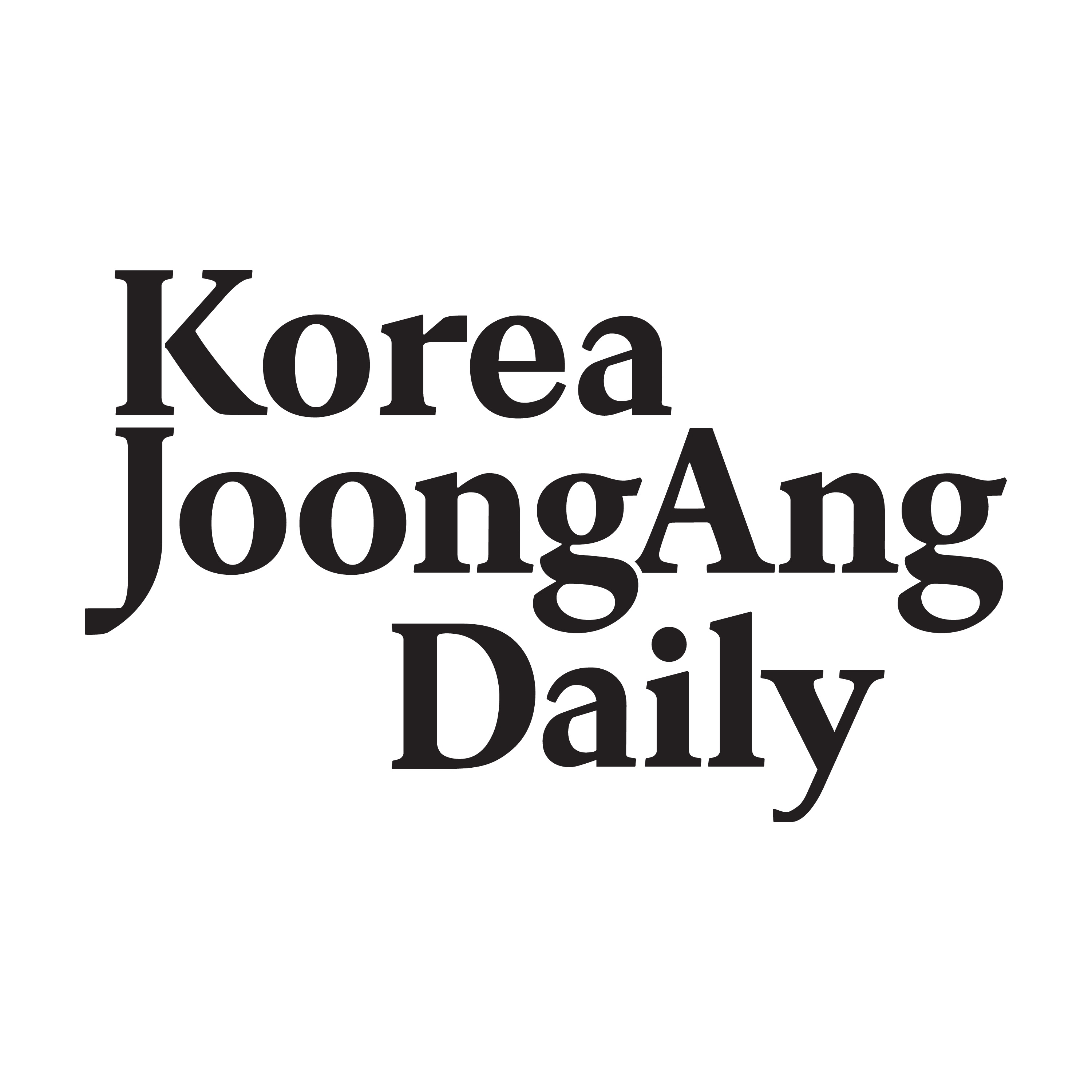Listen "Samsung, SK hynix open new chapter in AI race with 6th-gen HBM at SEDEX"
Episode Synopsis
This article is by Park Hae-lee and read by an artificial voice.
Samsung Electronics and SK hynix unveiled their sixth-generation high bandwidth memory (HBM) products for the first time in Korea, signaling the start of a new phase in the race for dominance in the AI memory market.
Samsung, aiming to reclaim the lead in AI memory, emphasized its data processing speed, while SK hynix, the world's leading HBM manufacturer, emphasized its 16-layer stacking technology.
At SEDEX 2025, the 27th Semiconductor Exhibition held at Coex in Gangnam District, southern Seoul, on Wednesday, the two chipmakers showcased physical samples of their HBM4 chips, drawing large crowds to their booths.
SK hynix devoted much of its booth to its HBM lineup, displaying a large model of its HBM4, composed of an interposer and stacked DRAM base dies, to reinforce its status as the global leader in the segment.
Samsung, on the other hand, highlighted speed. A specification board at its booth listed the input-output speed of its HBM4 at up to 11GB per second, exceeding both the Joint Electron Device Engineering Council international standard and SK hynix's 8GB per second.
Samsung's memory bandwidth - a key factor in data transfer speed between the processor and memory - was listed at a maximum of 2.8TB per second per stack, also higher than SK hynix's 2TB per second.
However, in terms of die stacking technology, SK hynix leads with a 16-high stack, ahead of Samsung's 12.
Both companies have sent samples of their HBM4 chips to major clients and are awaiting qualification test approval, according to industry sources.
Currently, fifth-generation HBM3E is in use, but from next year, HBM4 will be adopted in Nvidia's next-generation AI accelerator Rubin, shifting the battleground to sixth-generation memory. Samsung, aiming to overtake its rivals, is banking on its 10-nanometer-class 1c process, a generation ahead in terms of fabrication technology.
Samsung DS Division Chief Technology Officer Song Jai-hyuk delivered a keynote speech at SEDEX on the topic of semiconductor innovation through synergy.
"In my 29 years of semiconductor development at Samsung, I've found that innovation doesn't come from a single genius, but from the convergence of different opinions and perspectives," Song said. "Cross-boundary collaboration is key."
"Samsung is the only company in the world that covers DRAM memory, logic chips, CMOS image sensors and packaging," Song added. "There was a time when I thought trying to do all of that was too much.
"But if someone who worked on flash memory moves to logic chips, and someone from logic moves to DRAM, that creates new synergies," he said. "And that's what we're actually doing."
SK hynix held a 62 percent share of the global HBM market in the second quarter by shipment volume, followed by Micron at 21 percent and Samsung at 17 percent, according to research firm Counterpoint Research. The firm forecasts Samsung's market share to expand to over 30 percent next year as HBM4 production ramps up.
Later on Wednesday evening, a ceremony marking the 18th Semiconductor Day was held at the Grand InterContinental Seoul Parnas Hotel in Gangnam District, southern Seoul.
Over 550 people from academia, industry and research attended. SK hynix CEO Kwak Noh-jung was awarded the Gold Tower Industrial Medal for his contributions to boosting exports through high-value memory development.
Samsung Vice President Hur Sung-hoi and Soulbrain CEO Park Young-soo received the Silver Tower and Bronze Tower Industrial Medals, respectively. Industrial service medals were also awarded to DB HiTek Managing Director Kim Ki-yong, Ulvac Korea Senior Adviser Baek Chung-ryul, and Simmtech Executive Vice President Oh Jae-sung.
This article was originally written in Korean and translated by a bilingual reporter with the help of generative AI tools. It was then edited by a native English-speaking editor. All AI-assisted translations are reviewed and refined by our newsroom.
More episodes of the podcast Korea JoongAng Daily - Daily News from Korea
The Thames and the Han River
24/10/2025
The crisis will return
24/10/2025
From a single truck to a logistics giant heading to space, Hanjin Group charts its next century
23/10/2025
Immigrants and the Nobel Prize
23/10/2025
 ZARZA We are Zarza, the prestigious firm behind major projects in information technology.
ZARZA We are Zarza, the prestigious firm behind major projects in information technology.
